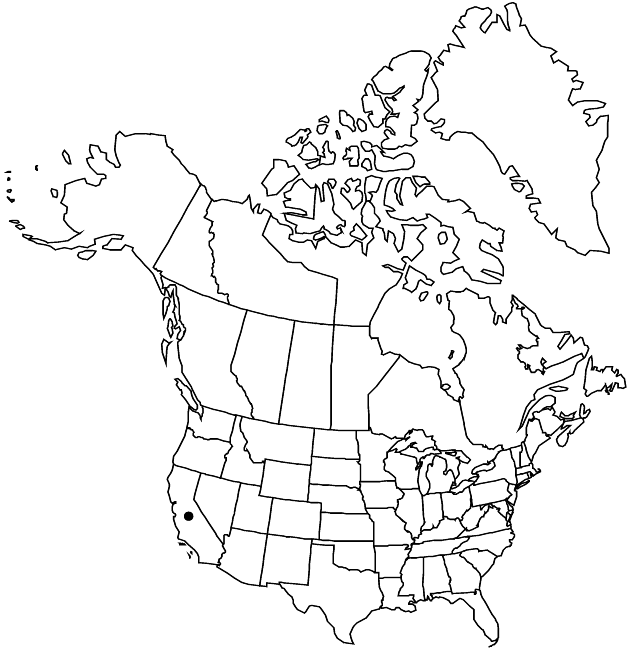Ericameria pinifolia
Univ. Calif. Publ. Bot. 3: 54. 1907.
Plants 50–300 cm. Stems erect to ascending, green when young, fastigiately branched, glabrous, resinous. Leaves ascending to spreading; blades linear to narrowly oblanceolate (terete or adaxially sulcate), 12–35 × 0.5–1.5 mm, midnerves obscure, apices acute, often mucronate, faces glabrous or moderately hairy, gland-dotted (in circular, deep pits), resinous; axillary fascicles of 4–10 leaves, shorter than subtending leaves. Heads in racemiform to thyrsiform-paniculiform arrays (to 30 × 3–12 cm). Peduncles 3–30 mm (leafy). Involucres subcampanulate, 5–8 × 3.5–5.5 mm. Phyllaries 20–26 in 4–6 series, tan, ovate to lanceolate or oblong, 3–7 × 1–1.8 mm, unequal, mostly chartaceous, outermost ± herbaceous-appendaged, midnerves thickened, darker resin ducts, slightly expanded apically, (margins membranous, fimbriate, especially distally) apices erect, acuminate to cuspidate, inner and mid acute to acuminate, abaxial faces usually glabrous, resinous. Ray-florets 3–10; laminae 5.5–7 × 1.5–2 mm. Disc-florets 11–25; corollas 5–8 mm. Cypselae tan to brown, subobovoid, 3.5–5 mm, glabrous or moderately hairy, more densely distally; pappi off-white to brown, 6–7.5 mm. 2n = 18.
Phenology: Flowering late summer–fall(–spring).
Habitat: Open, sandy to stony soils in chaparral, oak woodland, or scrub in near coastal communities
Elevation: 100–1800 m
Distribution

Calif., Mexico (Baja California)
Discussion
Of conservation concern.
Ericameria pinifolia ranges from Ventura County to northern Baja California. It blooms primarily in late summer and fall; it sometimes produces scattered, larger flowering heads in spring.
Selected References
None.
Lower Taxa
"fine" is not a number.